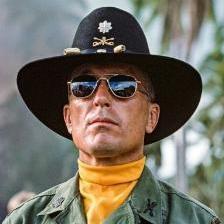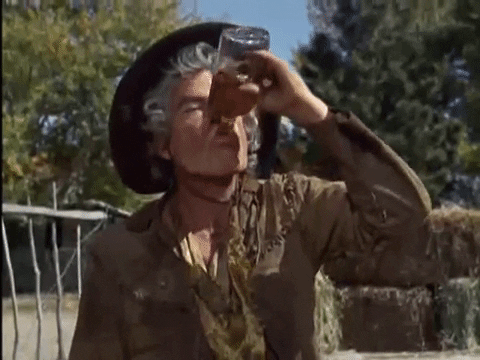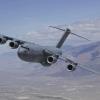I was in the East Coast CRG from 2015-2018. It was the best assignment I've had so far.
First, the CRW has three total groups - one Air Mobility Advisory Group and two CRGs (one per coast).
The AMAG has two Air Mobility Operations Sqs, two Mobility Support Advisory Sqs, and the Mobility Support Ops Sq. AMOS is the deployable AMD for AOC augmentation. MSAS is the Air Advisor/BPC mission, with the West Coast having an AOR of SOUTHCOM and the East Coast having AFRICOM. MSOS is the home of all but 2-3 of the AMLOs, they are spread out at ~40 OLs. I can't speak to the day to day routine for the AMAG squadrons, but when you're in garrison is usually pretty relaxed business hours.
The CRGs have three squadrons - two operational and one support squadron (CRSS). I did time in both of the operational squadrons on the East Coast in a couple flight CC roles. I was on the road A TON for both exercises and real-world deployments but I'm a pretty low-density skillset (I'm not a pilot) so I got tapped for a lot of trips, more than the rated bubbas. Garrison schedule was usually pretty laid back, PT time every morning and into the office by 9:30 or so and I was usually gone by 4:30-5:00 unless there was mission planning happening.
The rated guys rotated through a few positions in the squadron, usually a flight CC job to start and then group training or stan eval or a wing position. Deployed positions for them were CRE Ops Officer and CRE Commander. CRE = Contingency Response Element, about a 60-80 person team normally led by a rated O-4/5 as the CRE/CC and usually two O-3/4 CRE/DOs. Rated also have the opportunity to get LZSO certified so that opens the door up for LZ trips. You'll get a lot of experience leading enlisted earlier than you'd probably get elsewhere. A CRS is ~180 folks with ~12 officers total.
The worst part about it is probably the Joint Task Force - Port Opening alert mission. Each of the 4 operational squadrons rotates taking it for ~3 months at a crack and during that point your travel is somewhat restricted, but it's not terrible to find a replacement for a weekend if you want to take leave.
With the exception of the Sq/CCs the rated folks got to fly. A lot of them were attached at the units they came from and the squadron paid for them to go TDY every other month or so to go fly. Some of the C-17/C-5 bros who were attached at the 6th or at Dover picked up actual trips. It really comes down to what job you're doing and how time consuming it is, but most maintained pretty basic quals.
Happy to answer any questions.












